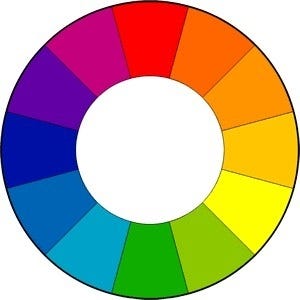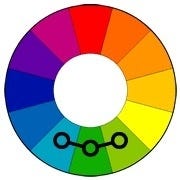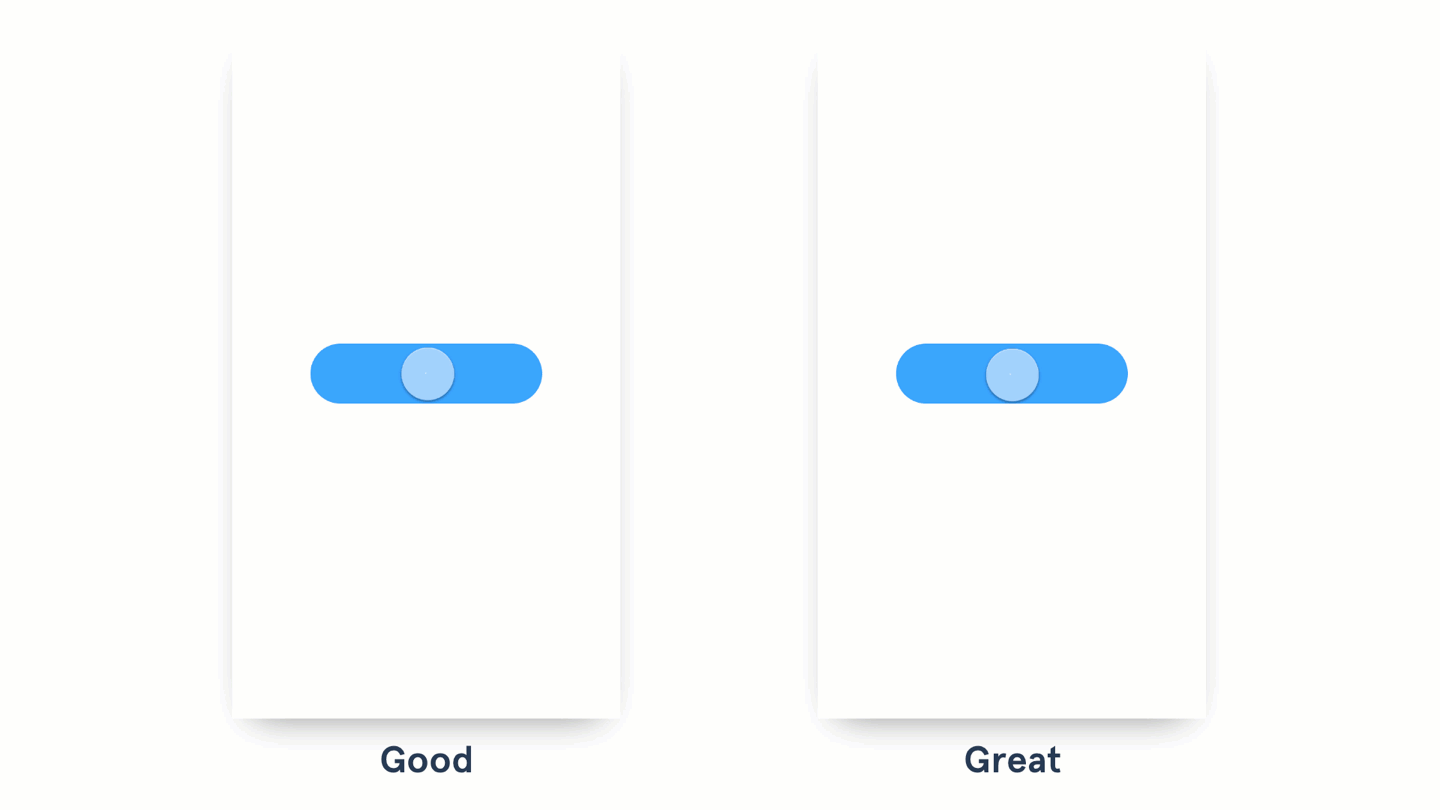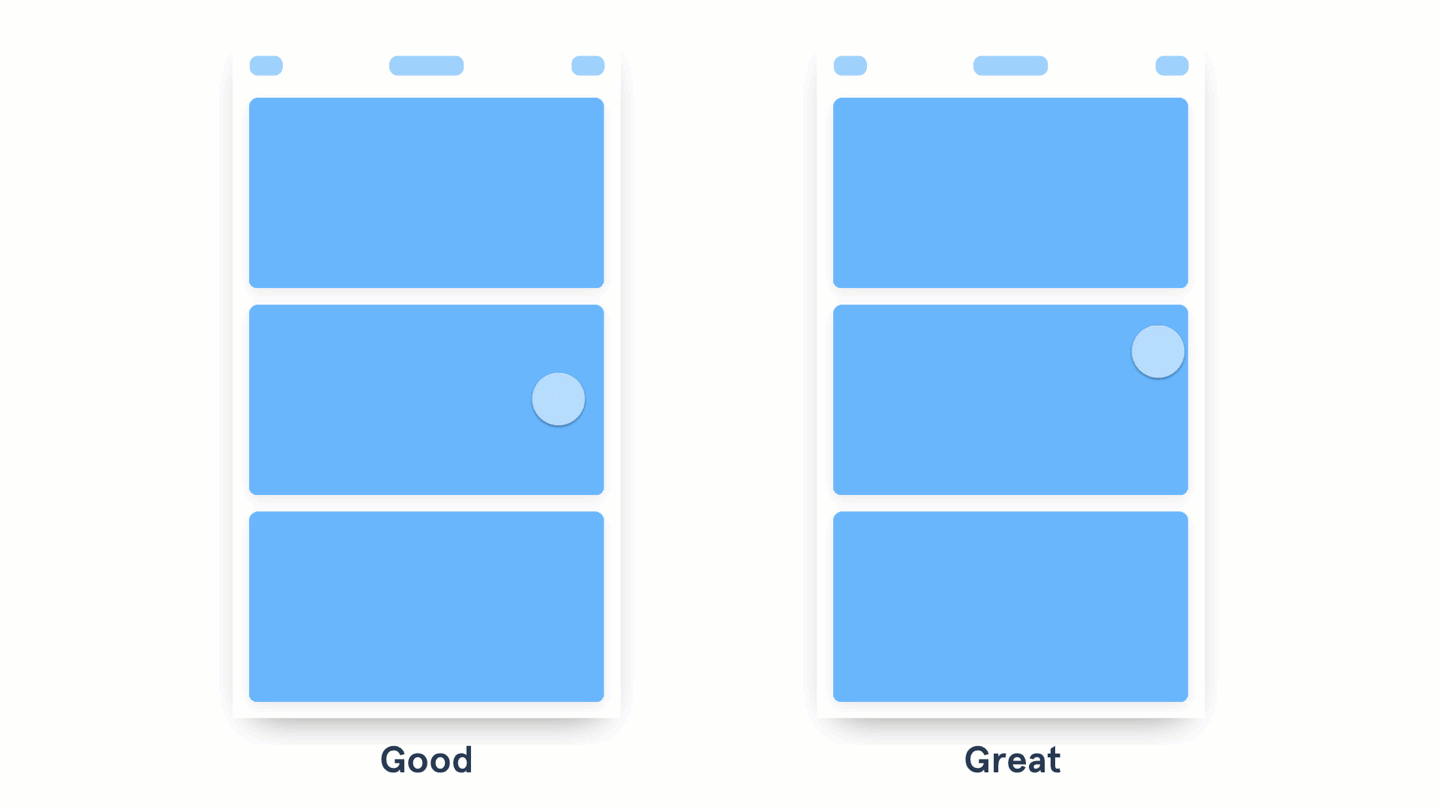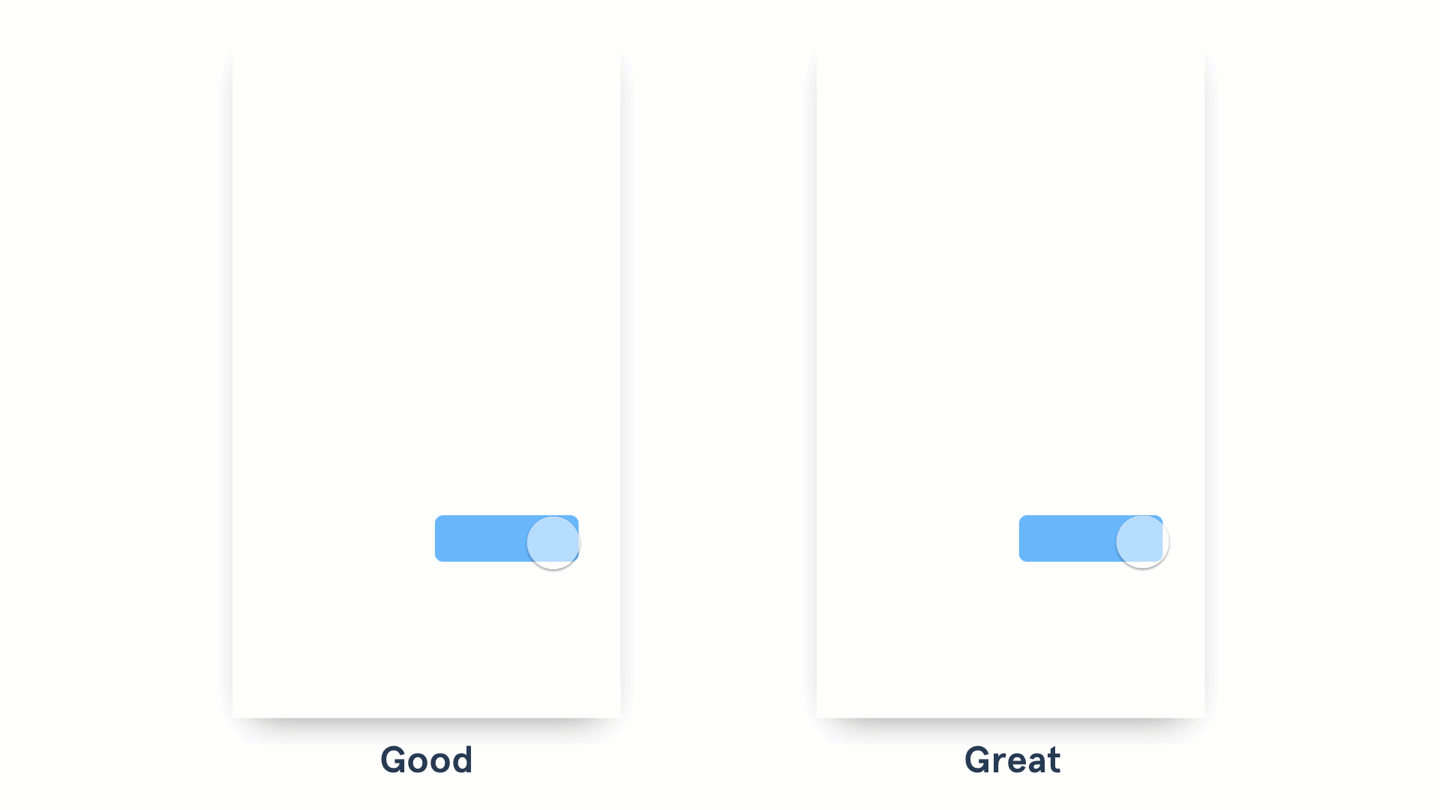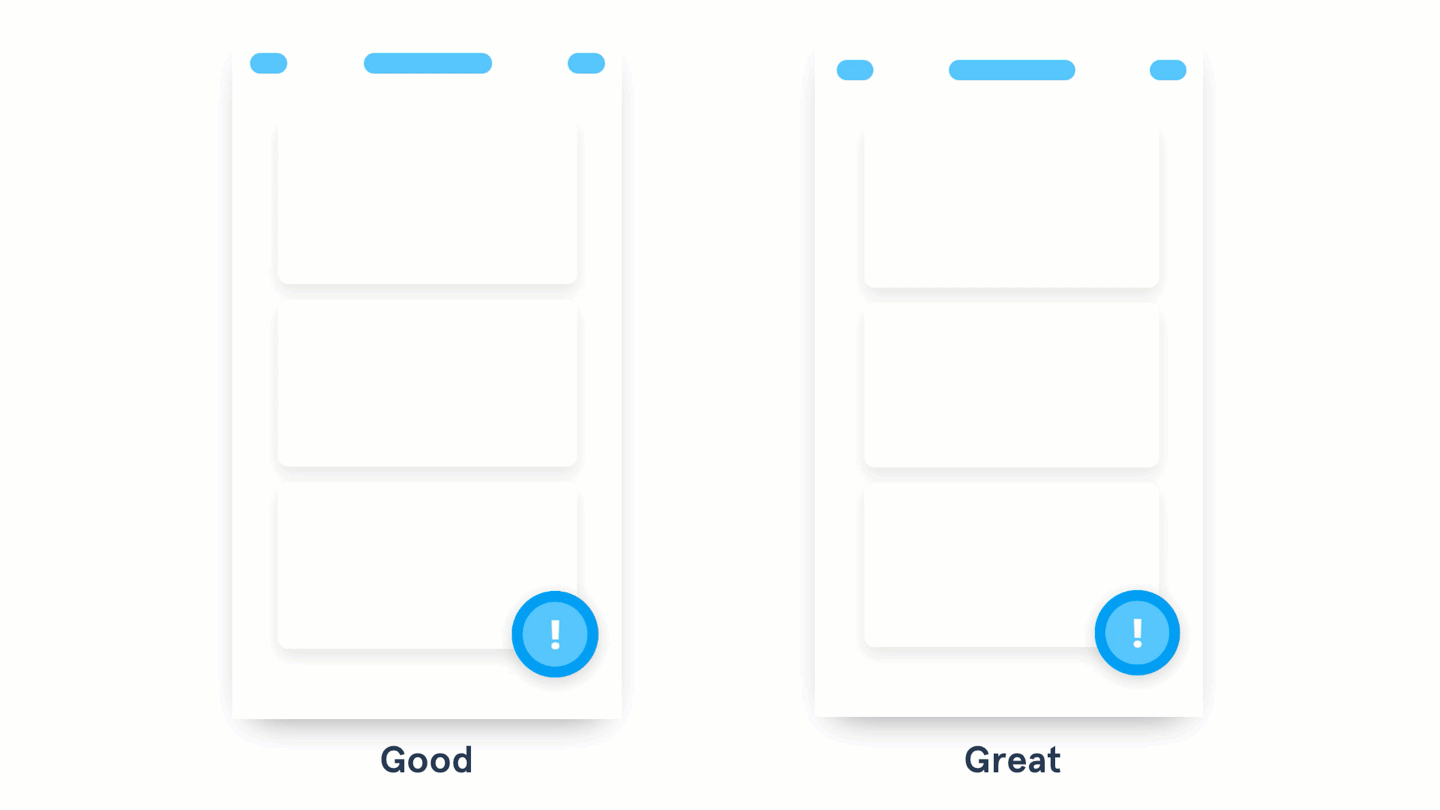Interview: Geneen Roth.
Geneen Roth is a bestselling writer of many books who, in her work, examines the relationships among identity, food, spirituality, body image, money, and other aspects of our everyday lives. That is, some of the most some complex and charged issues within the larger subject of happiness.
She has a new book that has just hit the shelves: This Messy Magnificent Life: A Field Guide.
I love the idea of a "field guide" to life.
I couldn’t wait to talk to Geneen Roth about happiness, habits, spirituality, and productivity.
Gretchen: What’s a simple habit or activity that consistently makes you happier?
Geneen: When I wake up every day, within the first five minutes, I counter [what I fondly call] my marriage to negativity by asking myself: What’s not wrong right now? Then I list five things. They could be as simple as: “I woke up today. It’s another day on planet earth! I have eyes to see, ears to hear, a partner sleeping next to me, an irrepressibly silly dog”…and I make sure to not just list those things but to take them in, to feel them, to experience the goodness of them so that I’m not just reciting a checklist. Then, as silly as this sounds, I remind myself to smile right there, right then, not at anything or anyone but just because — and I notice how that amplifies joy. It always amazes me that the littlest things make the biggest difference.
Gretchen: What’s something you know now about building healthy habits or happiness that you didn’t know when you were 18?
Geneen: That happiness is not meant for a special few (of which I am not one). That it is possible to cultivate happiness and joy, and that if one’s nervous system is geared toward vigilance about sensing danger instead of noticing beauty or what’s good, it is still possible to develop the capacity for everyday joy. But/and, building a new habit takes consistency and willingness to do it, even when I don’t feel like it. When I want to whine or muck around in how awful it all is, I have to be (and most of the time, I am) willing to stop myself in the middle, to remember what I want more than I want to whine, and to live as if what I’m aiming for—joy, in this instance—is already true. Sometimes living as-if is the best I can do. And that’s good enough.
Gretchen: Do you have any habits that continually get in the way of your happiness?
Geneen: My default orientation to what’s wrong. And so, many times a day—after I do the five minutes in bed as described above—I ask myself, “Am I okay right now?” And since the answer is almost always yes, my nervous system and hyper-vigilance relax. Over and over, for as many times as it takes. As an extension of this habit of focusing on wrongness, I’ve also noticed that I blame myself when things don’t go as planned—or when, according to my mind, they have gone wrong. I have a friend who says he wakes up every day with this mantra: “Something’s wrong and who’s to blame!” I have to pay close attention to this in myself as well. Attention changes everything for me because it makes a separation between what I am seeing and who I am. When I see something, I immediately realize that that which is doing the seeing is not the pattern itself. I realize there is something bigger that exists than this poor, little moi—that I am not my history, but am instead the awareness that is noticing my history–and this cheers me up immensely.
Gretchen: Which habits are most important to you?
Geneen: When I am writing a book, the habit of getting to my studio every day is crucial. Otherwise, I putter around in the house, procrastinate, call friends and schmooze on the phone. So I have a sign in my kitchen (since I walk out the kitchen door to my studio) that Nora Roberts has on her desk: Ass in chair. And even though I am dragging and kicking and feeling sorry for myself as I open the kitchen door and head to my studio (because I am certain that all my friends are making plans to go out to lunch at pretty restaurants with potted red geraniums), I am resolute about getting my ass in the chair.
There are other habits, other routines or disciplines I follow almost every day because I find that structure (i.e., habits) are helpful to my somewhat chaotic mind. (Okay, very chaotic mind). I go to bed by 10 pm, I move my body every day, preferably outside, and I remember, many times a day, to come out of my mind and into my body. To sense my arms and legs, feel my feet on the floor, and to look up and around me. To be, as the Tibetans say, “like a child, astonished at everything.”
Gretchen: Have you ever managed to break an unhealthy habit?
Geneen: The hardest habit to break has been to stop listening to what I call “the crazy aunt in the attic:” the voice that blares continually, day in and day out, about how I’m not good enough, did it wrong, should have done better. When I notice that I suddenly feel small, diminished, incapable, disappeared, I’ll track back and ask myself what triggered it and what I am telling myself. I’ve gotten very good at seeing that the crazy aunt is having her way with me. Then, I tell her to go out on the lawn, drink tequila and leave me alone. Or simply, that I am walking out of the attic and into the rest of the house (that is my body, my life) and so she can keep blaring on but I am not listening to her. I disentangle myself from her clutches and realize that she is not telling the truth.
The second hardest habit that I have broken, and I realize you only asked about one, but I can’t help myself from mentioning this, is complaining. When I realized two years ago that most of my conversations were (very nice) rants against what was happening that I didn’t want to be happening (i.e, the weather, what someone just said, the politicians, being tired or sick, etc) and that there was nothing to do about it since it already happened, I made a decision to stop complaining. About anything. I gave myself three choices: accept the situation, leave the situation, or do something to change the situation, period. Although I often wanted to complain about not complaining, the truth is that my resolve has had a profound affect: there was an unexpected and almost magical lightness to the days. And there still is.
Gretchen: Have you ever been hit by a lightning bolt, where you made a major change very suddenly, as a consequence of reading a book, a conversation with a friend, a milestone birthday, a health scare, etc.?
Geneen: When we lost every cent of our savings in 2008, my immediate reaction was terror and self-blame, fear and hopelessness. My husband and I were never going to get back the money we’d made from thirty years of being self-employed, and I felt despair, shame and totally overwhelmed. Luckily, I had good friends who told me that “Nothing of any value has been lost,” and although I responded that “this was not the time to be spiritual," I realized that if I was going to make it through the night without being frozen with fear, I was going to have to be vigilant NOW about re-focusing my mind on what I did have, not what I didn’t have. On what I could find, not what I had lost. And I realized, almost instantly, that there was goodness and beauty, love and chocolate in abundance. These things had always been there to see, take in, but that I had been disregarding them as I went through the regular day-to-day activities. Within a week, I was happier than I’d ever been. This process taught me something I will never forget: that no situation, no matter how awful it first appears, is unworkable. And just as important, that it is not the situation itself that is causing my suffering, but the stories I am telling myself about it. Radical.

from The Happiness Project http://gretchenrubin.com/2018/03/geneen-roth-messy-magnificent-life/


